I cannot think of a better way to be prepared for what life has in store for us than living a self-sufficient off-grid life.
There are so many things out of control nowadays that keep us on edge in this competitive rat race that you should really ask yourself at some point; is it really worth it?
Our goal as preppers is to live a day to day lifestyle that focuses on self-sufficiency and not just surviving, but thriving. Why not create a lifestyle as independent of the system as possible to have a great life without their infrastructure?
I have spoken with many people that have already made the jump and although hard at first, the transition to an off-grid living turned out to be the best thing that happened to them.
One of the first things they had to deal with after purchasing the land was to figure out the type of housing they should select for their new life. Today, we will tackle the existing standards housing for your safe retreat, and I’m sure, at least one of them will be perfect for your needs.
The off-grid living “trend”
When it comes to living free, without constraints, our American spirit is nurtured by the memories we have from our childhood and the lessons we learned from our ancestors. Living off the grid in a remote area offers you a feeling of security that you just can’t have in the big city.
You don’t have to worry about nosey neighbors, and you don’t have to live with that insecurity feeling you often get when thinking about what might happen in the city (civil unrest, natural disaster, terrorist attacks, etc.).
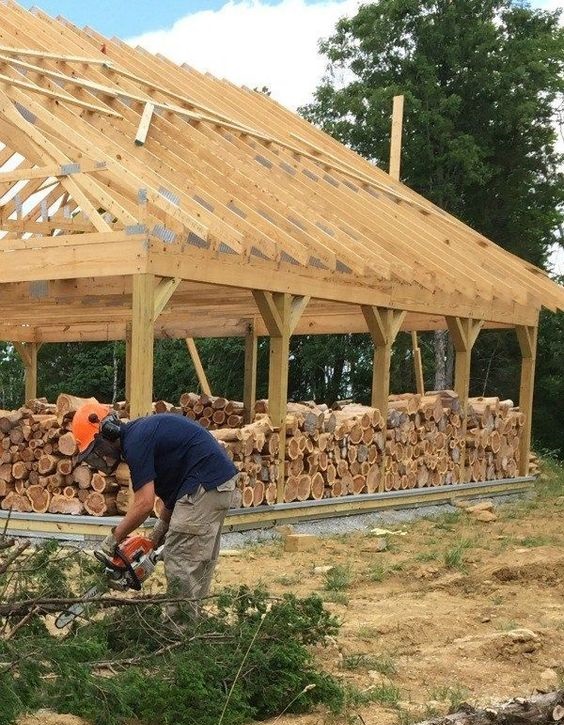
When you start this journey, as I mentioned in a previous article, you have to search for an affordable plot of land, one without zoning issues. Make sure there are no restrictions for building a windmill, installing septic tanks or digging wells.
Climate is another factor you need to consider, and you should also keep in mind that our government is trying to make off-grid living illegal in some states. Talking about serving the people…
Once you have the perfect property for your needs, the planning and the research for proper housing begins. During the first year or two, most people will prefer to park a trailer on it and figure things out. This is a good idea because it provides temporary shelter and comfort until the main house is built, but it also lets people know that the spot is taken.
When it comes to building a house on the land you own, you have two main options:
- You can build it yourself.
- You can search for builders or construction crews specialized in off-grid building, to build it for you.
If you want to do the job yourself, one thing I can recommend is to start by erecting a shelter to house all the materials needed for the construction project. It will save you a lot of trouble, and you will have everything protected from the elements. Another thing I can tell you is to look for help and get in touch with people that have experience in building in remote or off-grid location. Some of them will give you ideas you won’t believe and all of it based on their experience.
Types of houses for your off-grid retreat
Green housing
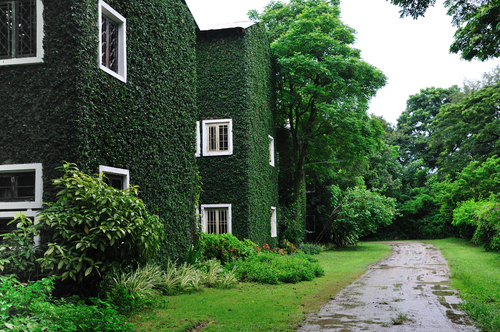
Green-housing can be simple or can be extravagant, and it mainly depends on the budget you have for your new house. This type of housing is rather expensive, but it was designed with conservation in mind. It exploits various green techniques that will prove profitable in time.
Cob housing
This building technique is wildly used in Europe, and it found its way into our country with the coming of the pioneers. Cob is a mixture of soil or sand, clay and hay or straw to build a residential structure. There are many skeptics when it comes to cob housing, especially when they hear what types of materials are being used. However, I can assure you that you can create amazing structures that are efficient for long-term living. The building technique has been used for centuries, and it still works today.
A cob house is very sturdy and fireproof, and it can last for a hundred years with no maintenance. If you select this method for building your new house, make sure you have enough time and patience. Time is of the essence here since you must let the materials dry into a hard enough structure.
Cordwood housing
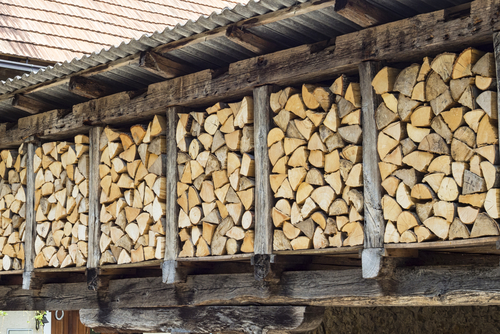
It is a method of building a wall by stacking softwood logs measuring 12 to 24 inches in length firewood style, using a mortar mixture (an essential aspect of the entire building process) to hold them together at the ends, and insulating the center cavity with sawdust and lime. While over 30 different types of wood can be used, the most desirable rot-resistant woods are Pacific yew, bald cypress (new growth), cedars, and juniper.
Cordwood building is not complicated. However, it may become labor-intensive if you plan to do everything yourself.
Rammed earth housing
This is a type of construction that is preferred in environments where rock, dirt, and naturally occurring minerals in the earth are constructed together to create the outer layer of the home. These are reliable homes in different types of climates, and they will stand the test of time if built correctly.
A rammed earth home is a very sturdy and long-lasting construction. One trick when building this type of home is to pay close attention to the outer coating. The external shell needs to be sealed properly, or you will have to deal with mold infestation as the years go by.
One big advantage of building a rammed earth house is the cost. You will not make a big dent in your budget since you can find the construction materials needed on your land. However, building your home may take some time, and it’s a labor-intensive process. To make sure the house is constructed adequately, you should hire an experienced builder.
Cabins
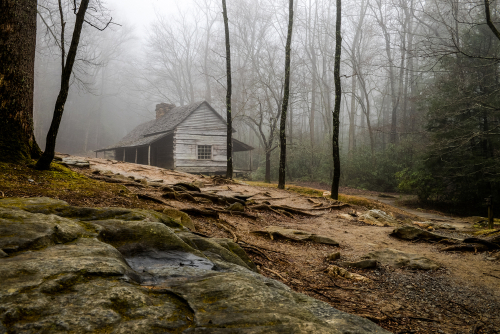
Even more, you can buy a pre-made cabin, you can make it a DIY projects (there’s tons of information on the building process), or you can hire home builders to build it for you in no time. The start-up cost will be small if you plan the cabin correctly and if you follow the construction steps to the letter.
Earthships
These are 100% sustainable homes that are cheap to build and provide a living experience that brings you closer to nature. This construction offers all the facilities you will find in a regular home, and it’s designed to outlast any other home you can think of. It incorporates and eco-design, and it uses natural materials and renewable energy sources to create a living space that is thermally regulated and comfortable.
Every Earthship is designed to incorporate a reliable food source. Most of them have one or two greenhouses that help you grow crops year-round, no matter the climate.
Oher Earthships, which are built near water streams, have even a micro-hydro plant installed. The power plant is used to harness the power of water and provide a surplus of energy. The possibilities to build Earthships for an off-grid living are endless.
You can find on the internet many ideas on building your own, but also prebuilt units. An Earthship is a cheap and reliable solution for a home, it is designed to be self-sustainable, and it will teach you how you can live with nature and be part of it.
Custom made Homes and Trailers
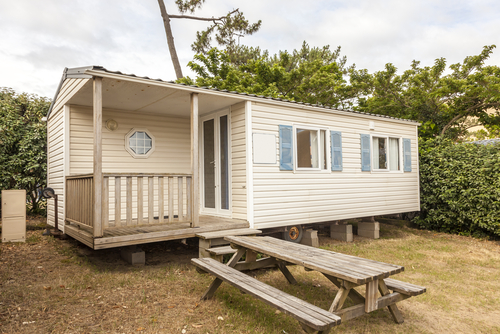
Some of these housing types are not generally suited for non-traditional energy sources, but they can be modified without much trouble. Custom homes and trailers will require some plumbing for the sinks and toilets. However, this shouldn’t be something challenging to achieve as long as your land supports such facilities. Before picking this type of housing for off-grid, make sure you plan your budget to include plumbing, septic systems, and additional energy systems.
Tiny houses
Since living off-grid means living simply for many people, the interest in tying houses resulted in making a quick purchase. In the last ten years or so, many young families have chosen tiny homes for both cost and practicality reasons. While the size of a tiny house can be adjusted based on your particular need, usually, you can find everything you need in an 8 by 20 feet house.
There are ways to connect various type of tiny homes, and you can build multiple houses on your piece of land. It all depends on the size of your family and the needs of each individual. Living off the grid will bring some limitations that you have to get used to no matter how you look at things. Having a smaller house might be one of these limits.
If you are a type of person that puts emphasis on experiences rather than material possessions, having a tiny home might be the solution for you.
Concluding
No matter what type of housing you pick for your off-grid living, you should build a proper foundation beneath the building. Build a foundation that is beneficial to energy and water acquisition and think ahead if you plan to extend the size of your house.
The housing options I’ve listed in this article are the most popular ones, and the one you pick should take into account factors such as location, budget, personal skills (building, maintenance, etc.), the size of your family and needs. Always go for something that doesn’t require high-maintenance and make sure you learn how everything keeping your house together works.


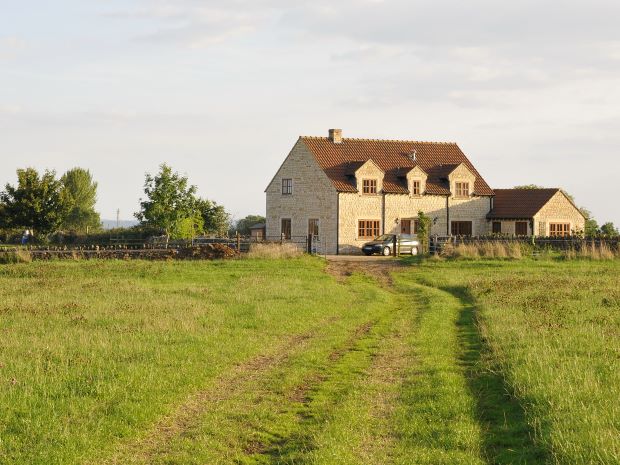
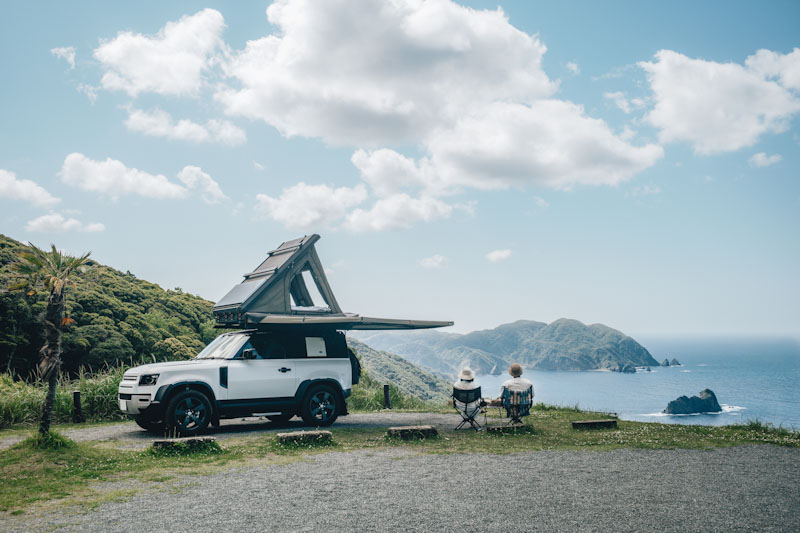
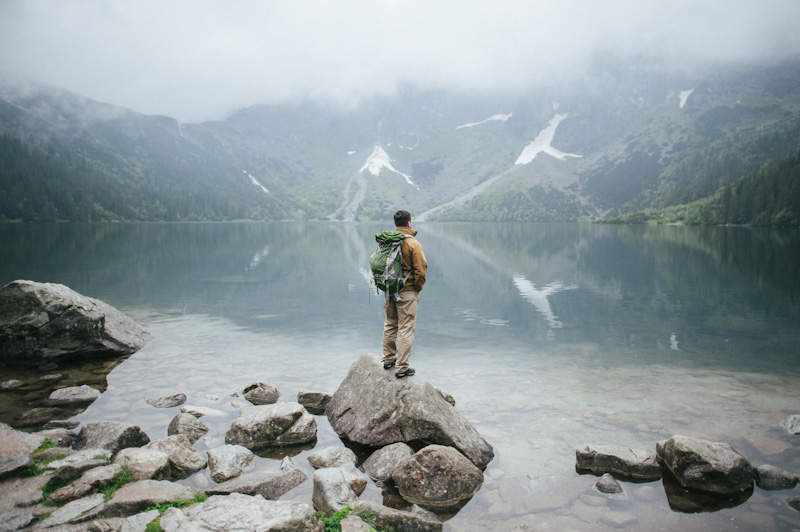
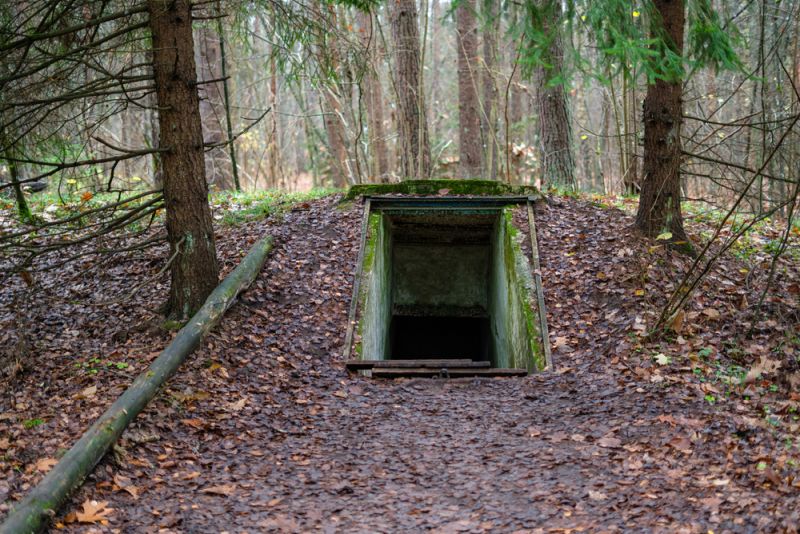
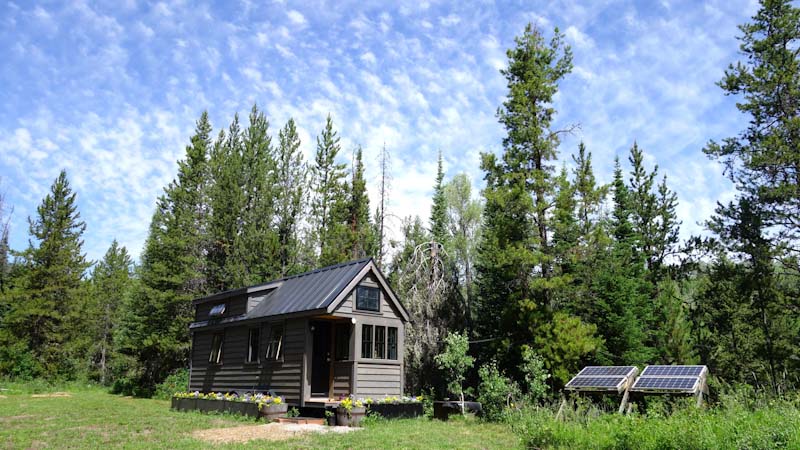

Mark | April 24, 2020
|
Sounds like this is suited for the upper 10% in income. First you have to have the land. No mention of available water and $10K to dig a well. The tiny house has a large price tag, although it’s cheaper than hiring a green guy.
Sig | August 4, 2020
|
So u leave the city for the wild, rustic life
Build a shelter, build fire, cut trees an lumber, start a foundation to ur cabin. Build up everything I need, till u have a house… Than spend ur days relaxing on your porch– ahh the good life. .. Than. ” wait” I need my mail, your mail starts to arrive an there’s a bill for taxes on your land, or building coda has chance an your fined for no inspection. U must pay or else!!! Ur thinking I got to find a job. We’re the job- closers to city. The problem is government- an decades of lies. 1776. We faut a war because some rich need more power @ money. The problem is county government .. If I buy land , it should be free from. Being taken because I didn’t pay taxes. Or if I want to live in a tee per I should be able to if I’m not hurting children or neaibor. ECT.
Jennifer Davis Allen | September 5, 2020
|
Thank you! I live in a mobile home that is in a mobile home park and this is the first article I’ve read that says it’s a viable option for off grid living. Of course I need to find some land to move my mobile home to, but at least if I use the mobile home I already have paid for, that would save me some money. Yes, it will cost me some to move it and set it up but that will still be less than building a new house. Although, I know of some places that sell new mobile homes and they offer a finance plan including the land and a new mobile home. On the other hand I have made some special changes in my current home that I’d hate to give up. Even though I live in a mobile home park, I have a large enough lot that I have a small vegetable garden.